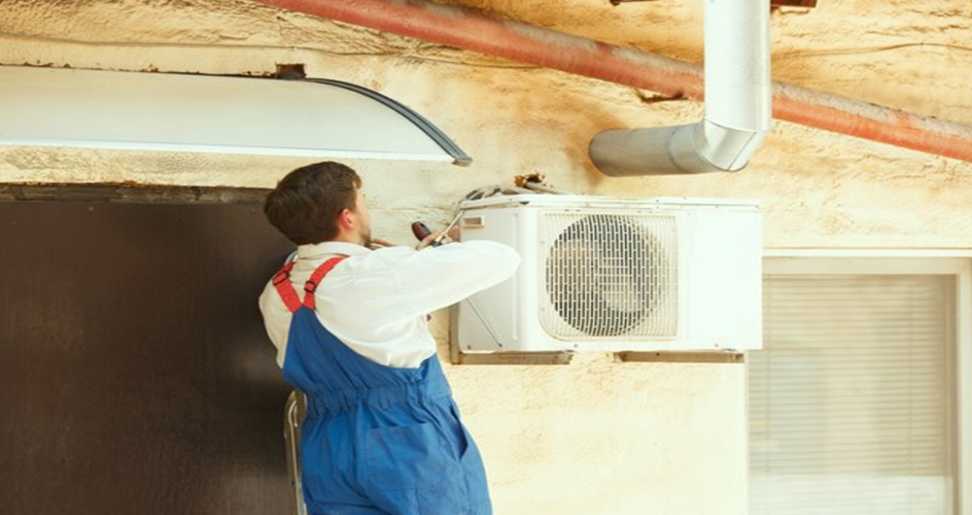As winter approaches, thoughts turn to cozy nights by the fireplace. But along with the frosty charm comes the potential for plumbing problems. Here’s a guide to winter home plumbing maintenance that can prevent frozen pipes, costly repairs, and a major disruption to your winter comfort.
The Foundation of Winter Plumbing Care
Frozen pipes are a common winter plumbing nightmare. Here are some proactive measures to safeguard your pipes:
- Insulate Exposed Pipes: Pipes located in unheated areas like crawlspaces, attics, or exterior walls are particularly vulnerable. Use pre-formed foam pipe insulation to prevent heat loss and protect them from freezing temperatures.
- Seal Air Leaks: Cold air infiltration around pipes can contribute to freezing. Seal air leaks around pipes entering your home through the foundation or exterior walls using caulk or weather stripping.
- Maintain Consistent Indoor Temperature: Don’t let your home’s temperature drop too low, especially during extended absences. Setting your thermostat to a minimum temperature (around 55°F) while you’re away can help prevent pipes from freezing.
- Drip Hot Water Faucets: In particularly cold weather, letting a slow drip from taps attached to disclosed pipes can help control them from freezing. This slight flow keeps the water moving and reduces the risk of ice formation.
While focusing on plumbing this winter, don’t forget the importance of regular ac maintenance to ensure your cooling system is prepared for next summer.
Additional Winter Plumbing Maintenance Strategies
Here are some additional tips to ensure your plumbing system functions smoothly throughout the winter:
- Disconnect Garden Hoses: Drain and disconnect hoses from exterior faucets to prevent them from freezing and potentially cracking.
- Know Your Shutoff Valve: Familiarize yourself with the location of your main water shutoff valve. In case of a burst pipe, you can quickly shut off the water supply to minimize damage.
- Address Clogged Drains: Clogged drains can lead to backups and potential overflows during winter. Regularly clean drains with enzymatic drain cleaners or a plumbing snake to prevent blockages. Consider professional duct cleaning services for clogged sewer lines that might require more advanced solutions.
- Inspect Sprinkler Systems (if applicable): For homes with irrigation systems, have them professionally winterized by blowing out the lines to remove any remaining water that could freeze and damage pipes.
Addressing Minor Issues Before They Become Major Problems
Even with preventative measures, minor plumbing problems can arise. Here’s how to handle them:
- Slow Drips: A slow drip from a faucet could indicate a worn washer or faulty cartridge. While a DIY repair might be possible for some, consider consulting a plumber for a professional diagnosis and repair to avoid further leaks.
- Running Toilets: A constantly running toilet can waste significant water and increase your utility bills. Check for common causes like a faulty flapper valve or a worn-out fill valve. Repair kits for these components are readily available, and a DIY fix might be possible. However, if you’re uncomfortable with the process, call a plumber.
Conclusion
By implementing these winter home plumbing maintenance tips and considering professional services for a thorough inspection or winterization, you can safeguard your plumbing system and avoid costly repairs. Remember, a little planning and preventative action can prevent major headaches down the line. So, embrace these winter plumbing maintenance strategies and enjoy a warm, comfortable, and worry-free winter season!
Have A Look :-
- Slay The Slay: 5 Plus Size Work Dresses To Rule Your Week
- Check Out These Famous Trending Dillard’s Dresses: Turn Heads and Steal Hearts
- Have You Seen These Famous Plus-Size Sundresses? Owning Your Summer Style in Every Curve

